
Hurry up and get some polyphasic sleep
What is polyphasic sleep? In the 21st century, online communities on sites such as Reddit or the Polyphasic Society have debated the merits of a polyphasic sleep schedule, in which you sleep for short bursts multiple times per day.
Can’t get any shut-eye at night? It might be one of these eight reasons.

Was Kramer right about sleep?
On a classic episode of Seinfeld, Kramer took a page from Leonardo da Vinci and attempted to sleep for just 20 minutes every three hours. Doctors explain how well that works in real life. Kramer claimed that following da Vinci’s sleep schedule would give him two-and-a-half extra days awake per week. “If I live to be 80, I will have lived the equivalent of 105 years,” he proclaimed.
Maybe food is keeping you up all night. Try these foods to help you nod off.

Six short sleeps
One pioneering model is The Uberman Sleep Schedule, developed by Marie Staver in the late ’90s, which advocates for six 20-minute naps per day, spaced out every four hours.

Is it restful?
Proponents of polyphasic sleep claim that after pushing through an initial adjustment period, their bodies become attuned to the new rhythm. They claim the routine is more efficient than sleeping all at once. That’s because the early phases of sleep are shortened in polyphasic sleepers, so they get to REM (rapid eye movement) sleep faster.
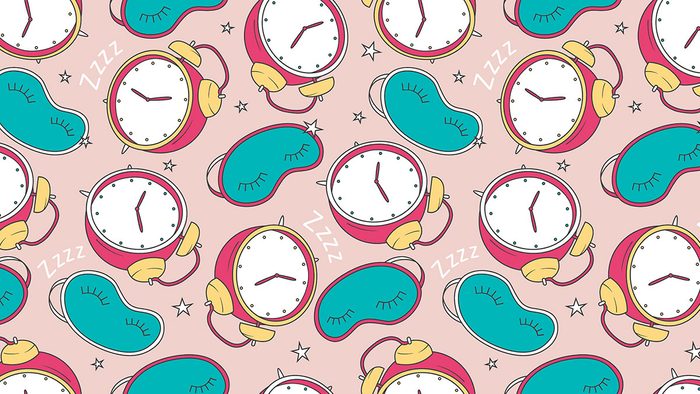
Don’t lose this snooze
But research shows that the first three phases of sleep, known as non-rapid eye movement (NREM) sleep, each have their own role to play. For example, in the second phase the “sleep spindle” occurs, so named for the spindle-shaped brainwaves sleep researchers observe during this phase. “The sleep spindle is very important for memory and cognition,” says Nadia Gosselin, scientific director of the Centre for Advanced Research in Sleep Medicine at Hôpital du Sacré-Coeur de Montréal.

A tale of two sleep cycles
The final NREM phase of sleep is “deep sleep.” It is followed by “dream sleep,” a.k.a. REM sleep. Both are necessary components of a good night’s sleep.
“Deep sleep is mostly the physical restoration of sleep,” says Dr. David Posen, who writes about sleep in his new book Authenticity: A Guide To Living In Harmony With Your True Self. “That’s when we secrete growth hormones. REM sleep is when we do our mental housekeeping and process all the events of the previous day and consolidate memories.”
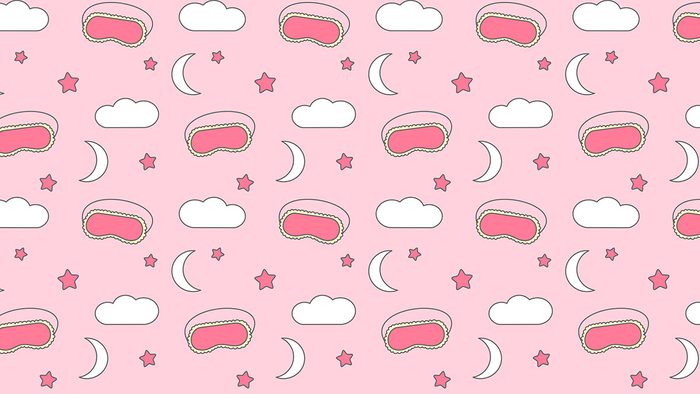
The rhythm is going to get you
Because a sleep cycle is 90 to 120 minutes, breaking it off at the 20-minute mark à la Kramer keeps you from getting to the dream-filled REM sleep that helps the brain process our day’s experiences and equip us to breeze through any potential stresses on the horizon.
The amount of extra calories you eat when you’re sleep deprived will shock you.
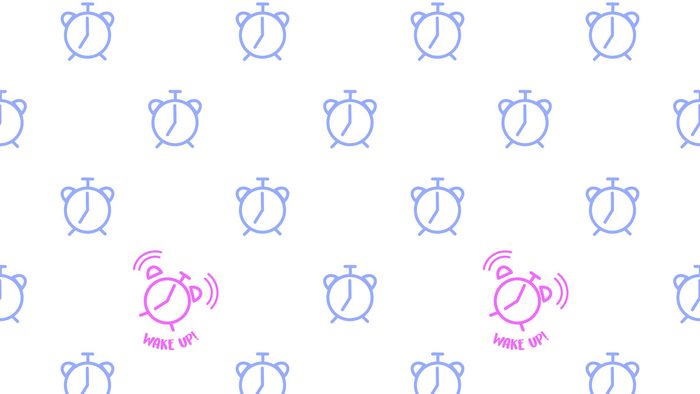
Reaching new depths
Anytime you break your sleep up, you short change yourself on REM sleep. When you experience sleep cycles consecutively, the REM sleep becomes significantly longer.
“The longer you can sleep at one stretch, the more you can get into this physiological cycle of deep sleep and dream sleep all night long,” Posen says. “What’s interesting is the REM cycles get longer as the night goes on. The first one might be nine to 15 minutes. The next one might be about 30 minutes and then maybe 40.”
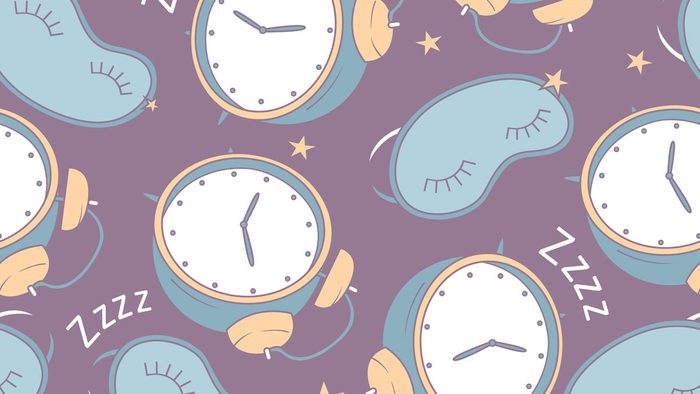
All night long
Another contradiction to the “Seinfeld school of sleep” is that we rest better at night. A study of shift workers found night workers had more problems with digestion, cardiovascular health, and their immune system then their daytime counterparts.
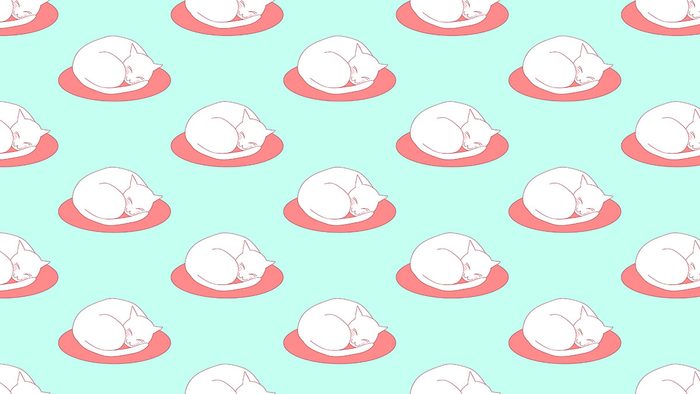
Animal instinct
While research on polyphasic sleep is limited, Gosselin notes it has been studied on animals and the results were…not great. “The more their sleep was consolidated the better it was for brain plasticity and memory,” says Dr. Gosselin.
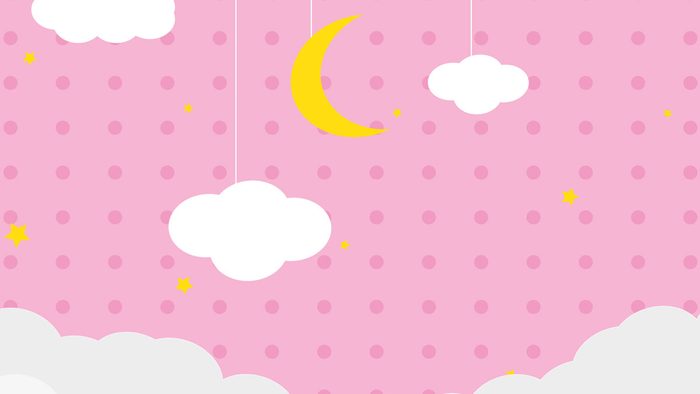
Secret sleepers
Dr. Gosselin questions how accurately those who polyphasic sleep are monitoring their schedules. “One study shows that they report sleeping less but they sleep more than what they report,” she says.
Science discovers one-two-three reasons you are always exhausted.

Free the nap
While sleep experts suggest getting your rest all at once, they do make one little allowance for a snooze outside of traditional sleeping hours: a short nap between 1 p.m. and 4 p.m., when your body hits a natural lull.
If you’re not sleeping well, you just might be wearing the wrong type of pajamas.

Short and sweet
Posen recommends the temporary recharge be restricted to five to 20 minutes. Any longer and you might be wide awake come bedtime.
